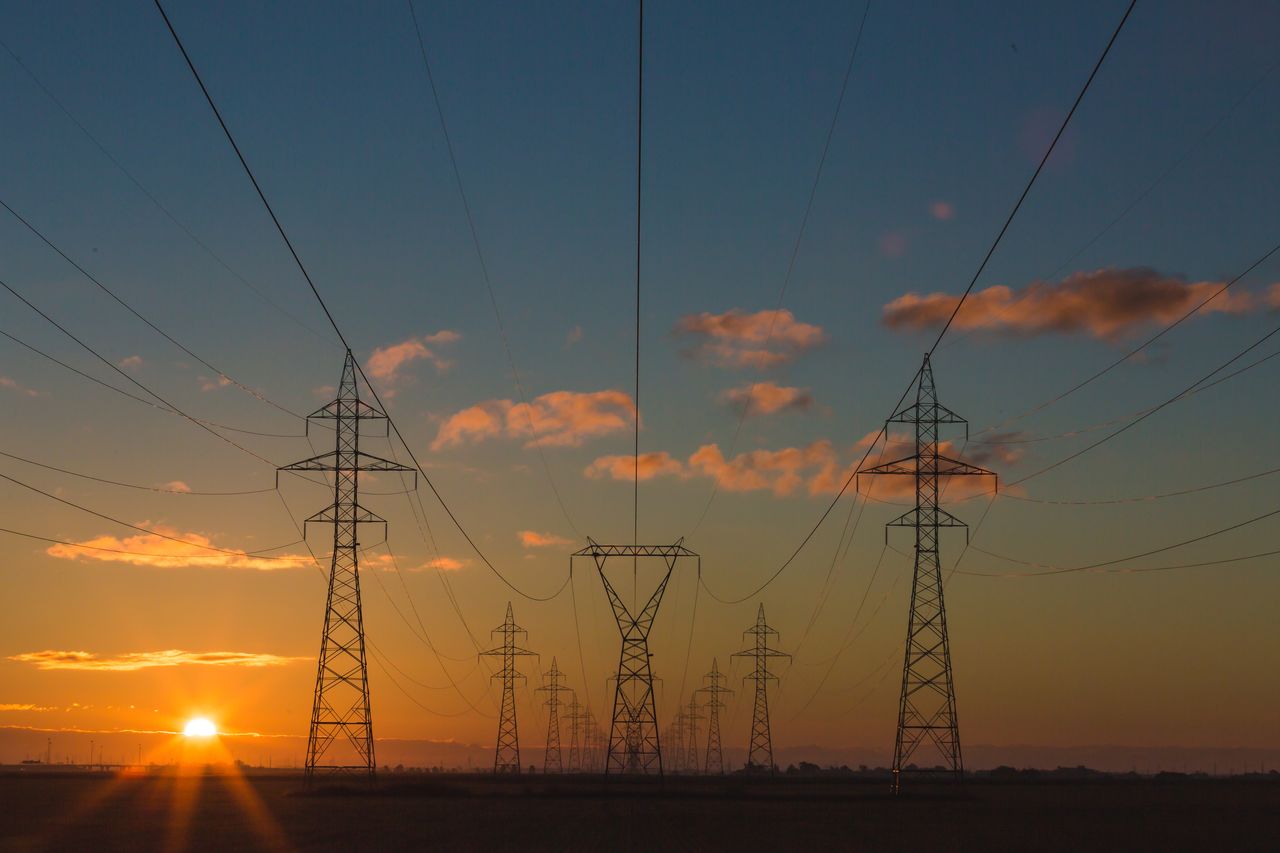The project’s main outcomes are two doctoral degrees within the Graduate School in Energy Systems. Emily Rodriguez defended her thesis at the Department of Thematic Studies – Environmental Change at Linköping University in March 2024, and Adrian Lefvert has scheduled his defence in Energy Processes at KTH Royal Institute of Technology for 8 January 2025. Both doctoral researchers have disseminated results at several international scientific conferences and participated in the project’s competence network meetings with external stakeholders and industry representatives. Since the results vary in character, rather than producing a synthesis, the individual findings of the articles are highlighted below, with the exception of articles 1, 4 and 6 (see the final report below), which share methodology and perspective.
Through the two extensive interview studies and the focus group study that were carried out, industry representatives and stakeholders from various authorities were brought together to discuss the development of bio-CCS in Sweden. Other results include mapping of relevant actors and an analysis of their drivers and willingness to invest in bio-CCS (see articles 1, 4 and 6 in the final report below). We have also drawn lessons from historical experiences of previous CCS developments. In the 2000s, there were high hopes and major investments in CCS which, for several reasons, never materialised. Results from this analysis are presented in article 4.
The project contributes an important case study of a city – Stockholm – which is at the forefront in terms of climate action in general and bio-CCS in particular. Key results from this study highlight the risks that investments in bio-CCS may negatively affect ongoing, more conventional climate work and local climate policy (article 7). On a similar analytical theme, though using different material, the scientific literature is examined to map discussions around the links between enhanced oil recovery (EOR) and CCS/bio-CCS (article 8). The results show that the climate benefits are unfortunately often offset by EOR, although it remains difficult to draw more specific conclusions.
Through an energy systems analysis and modelling, results from simulations of six different technological configurations demonstrate that capturing carbon dioxide from the calcination process can be achieved with relatively low additional energy consumption. Production of sulphate pulp from kraft pulp mills, which use lime kilns, is increasing both in Europe and globally. There is therefore significant potential to capture carbon dioxide from the alternative calcination technologies highlighted in the study, both as a first step towards and as part of large-scale implementation of CCS and bioenergy with CCS (BECCS) (article 3).
A policy analysis argues that the certification framework for BECCS conflicts with the guidelines of the UN’s Intergovernmental Panel on Climate Change (IPCC) and risks unnecessarily hindering the implementation of a potentially cost-effective tool (BECCS) to mitigate climate change. Among the key results here is the identification of a path towards a more supportive framework (article 2).
Production data and the IPCC’s accounting methods have been used in a study to construct a reference point for biogenic carbon stored in wood-based board materials. We show that it is possible to achieve an increased carbon sink in wood products in Sweden and argue that all alternatives generating real and quantifiable carbon sinks should be enabled within the regulatory frameworks aimed at mitigating climate change. We conclude that the growing importance of carbon sinks in climate change mitigation justifies a critical discussion of bioenergy policy in Sweden and the rest of Europe. In addition, we propose a policy direction that promotes cascade use of by-products for wood-based board materials without introducing a mandatory hierarchy for biomass use.

